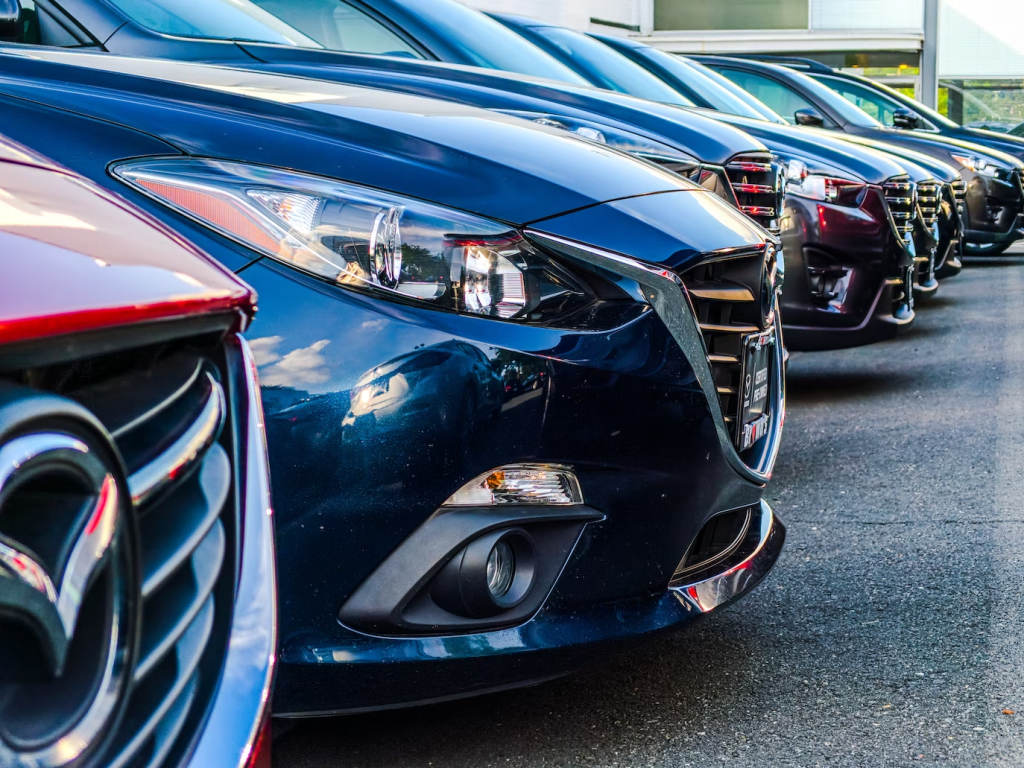Several Things You Should Check For When Acquiring a Leiebil
Renting a car can be an economical way to reduce transportation expenses. However, be mindful of any hidden fees that could put a dent in your wallet as well as several general maintenance things.
Check the Condition
When searching for a vehicle to borrow from a lot, it’s essential to comprehend how its condition impacts its value. Doing this can help you decide if the agreement is worthwhile or if the amount might be too much.
A reliable way to assess a vehicle’s condition is by checking its condition report. These reports contain details about the car’s history and indicate whether repairs have been done or not.
You can request a copy of the inspection report from your car rental company or obtain one yourself. Learn more about this from leiebilguiden.no as these reports are invaluable. Not only that, but they are also a very effective way to guarantee you don’t get taken advantage of when renting a vehicle.
Additionally, it will let you know if the car has been involved in an accident and help you avoid paying for any damages the vehicle may have sustained. If there’s any damage not noted on the vehicle’s condition report, make sure to document and take photos so you can prove it when returning the vehicle.
You can obtain a car’s history report from either the rental company or by purchasing one yourself. This will give you an improved idea of the condition of the vehicle over time and help determine if it’s worth buying or not.
Check the Mileage
When renting a car, one of the most critical factors to monitor is mileage. This will determine whether or not you need to pay extra when returning the vehicle.
Two ways to determine your car’s mileage: by checking its odometer or asking the owner. Both methods work, but it’s recommended that you look at the odometer for an accurate reading.
On average, people drive 12,000 miles annually. That means if your vehicle is five years old and still going strong; expect it to have around 60,000 miles on it.
If the odometer shows significantly fewer or more miles than what it should, you may want to consider shopping around for another vehicle. However, if everything is working correctly with the odometer, this shouldn’t be an issue.
You can also inquire the owner about their driving habits. If they primarily travel along highways, your car may have fewer miles than one that mostly stays in town.
It’s wise to inquire about the car’s maintenance and service history. Doing this can give your insight into its longevity as well as any major issues.
Check the Gas Tank
The gas tank is one of the most essential components of any car. That’s why it’s essential to inspect your lease or rental and its condition so you can fill it up when needed.
If you borrow a friend’s car or rent one, chances are that eventually, it will need to be filled up with gas. Most tanks hold 12-15 gallons, which should be enough for most drivers.
No matter if you own your own car or rent one, always check the fuel level before filling up. Doing this can save you unnecessary costs such as filling with less than the tank’s rated capacity.
An easy way to check fuel levels is with a liquid dipstick. Just insert it into the gas tank and remove it to view how much fuel remains in there.
AAA Mid-Atlantic notes that most new cars feature a gas tank indicator arrow to indicate which side of the tank it is on. This arrow typically points either left or right.
Use this arrow as a reminder to check which side of the tank is on when renting or driving your own car. Doing so will save you from having to stick your head out the window trying to figure it out and will also prevent wasted time at the pump and frustration on others.
Check the Tires
The rental car’s tires are an integral part of road safety, so it’s essential that they remain in optimal condition. Without proper care and maintenance, you could end up facing serious problems on the road.
Tires should always be inflated to the correct pressure for optimal fuel economy and reduced blowout risks. Check your owner’s manual or peek inside your driver’s door jamb to discover what recommended tire pressure is for your car.
As a general guideline, inflate your tires to 40 psi or check the vehicle you’re renting out. While this is higher than recommended, it remains safe and doesn’t increase the risk of blowouts.
You should inspect the tire’s tread depth. Ensuring your tires have enough tread will enable them to grip the road surface well, avoiding getting stuck in mud or sand.
When the tires begin to show signs of wear, it could be a warning that they need replacing and you should let the company know ASAP. Not only are your tires at risk for flats or blowouts, but it is also important to act quickly and take preventive measures before any serious damage occurs.
Check the Vehicle’s Equipment
Car equipment consists of everything that keeps the vehicle secure and running, from airbags to brakes. Systems like antilock brakes help maintain control when stopping suddenly, while electronic stability controls automatically regulate speed when driving quickly. If you’re new to this process, you may forget to check these essential things.
If you’re uncertain of what to look for when renting a car, ask the rental agent. They should know all the important features like whether it has an automatic or manual transmission and whether a four-wheel-drive is included – especially important if going off-road or driving in adverse weather conditions.
When picking up your car, you can perform your own inspection to prevent damage and ensure you don’t pay for it when returning it. Before leaving, take photos or video of all sides of the vehicle; taking pictures may protect you in case any damages need disputing with the rental company when returning it. Use your smartphone camera to take a picture of all lights and wipers to confirm they work properly.


